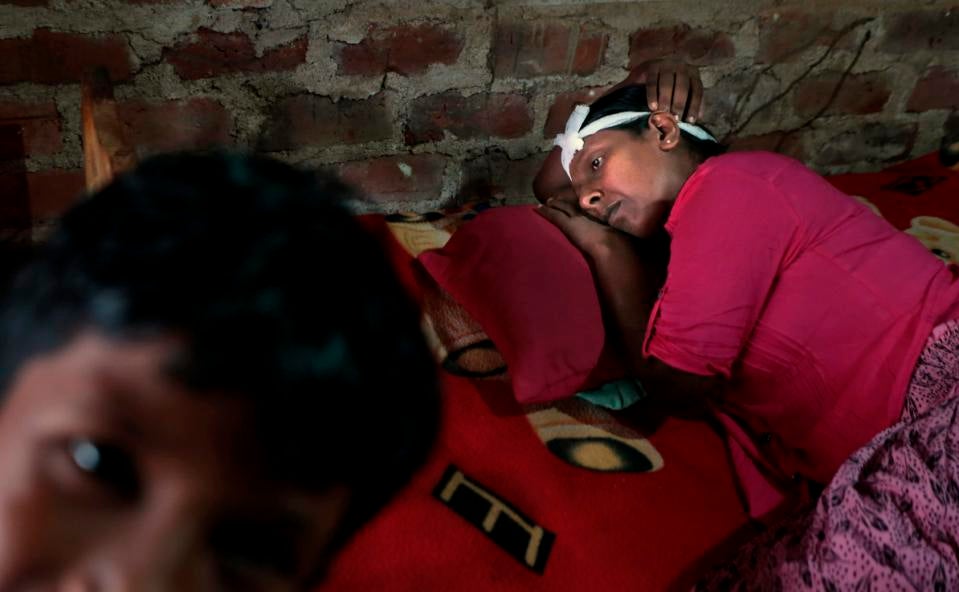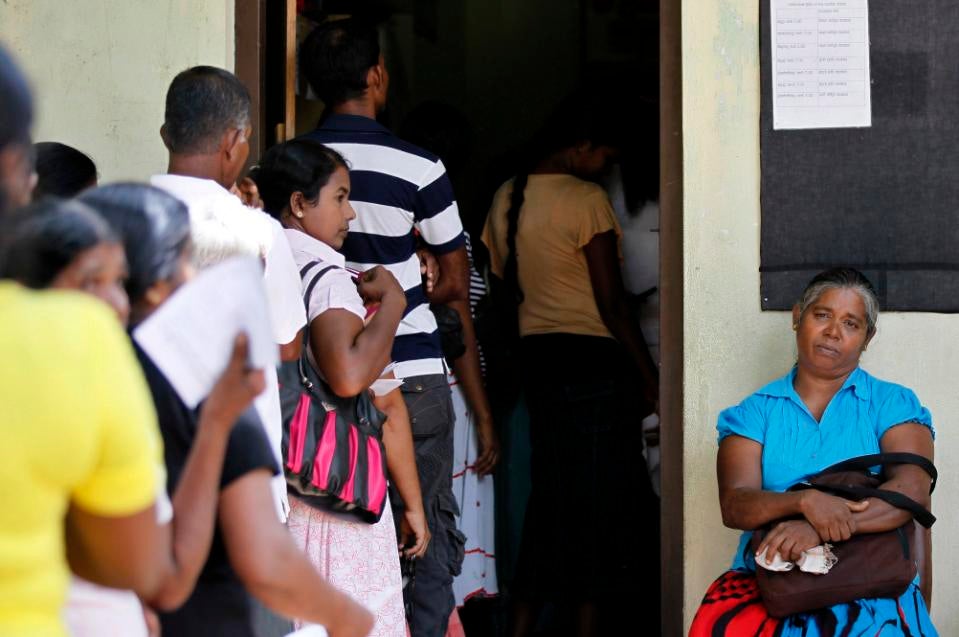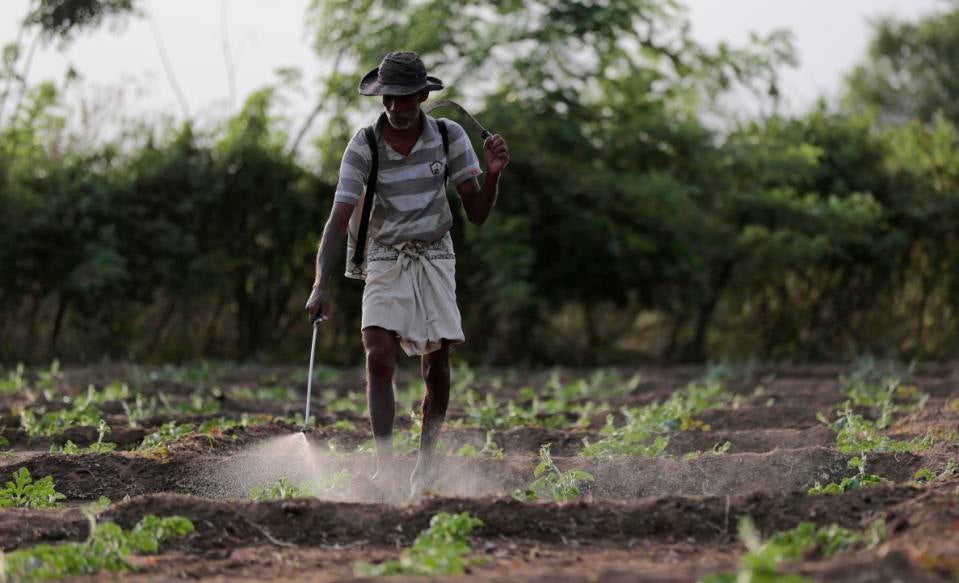Sri Lanka ravaged by mystery kidney disease that has killed 20,000 people in 20 years
Hundreds of thousands have been stricken with the illness that traps water — preventing urination and causing extremities to inflate with fluid

There is a mystery kidney disease that for years has been killing thousands of farmers in Sri Lanka's rice basket — and as it spreads, locals are becoming increasingly fearful.
In 20 years the disease has killed up to 20,000 people and sickened up to 400,000 more; some villages report it causes as many as 10 deaths a month.
As the disease progresses and kidneys fail, sufferers become unable to pass liquids on their own and are prohibited from drinking more than just a bottle of water a day — their extremities retain water and become fat with fluid.
Its cause is not yet known, though there are long-held suspicions that agrochemicals are to blame, and Sri Lanka is lacking in the dialysis required to effectively treat the many sufferers.
Though no cases have been reported outside of the North Central province's dry zone, where farming was transformed in the 1960's and 70's following the introduction of modern techniques, the disease has slowly spread from two districts to seven.
Hundreds of villagers visit rural health centers regularly, even daily, to have their vitals taken and urine sampled as longstanding fear turns to widespread panic.

"In some cases, you only know if a certain person died of kidney disease after the autopsy," 47-year old Kalyani Samarasinghe told AP.
Standing outside the health center with a handful of medical papers and a cotton ball taped to her arm, she said: "If you get a pain in the stomach or something, then you think: Is it the kidney?"
Dr. Rajeeva Dassanayake, a kidney specialist at the area's largest hospital in Anuradhapura, tried calming the crowds.
"You need not fear and flee from this place," he said. "There are a lot of things being said by many people. Until they have finished fighting each other and come up with an answer, we can say nothing."
A report published by the World Health Organisation two years ago could not find a clear cause for the disease, though it pointed to cadmium, pesticides and other factors, such as arsenic, as possibilities.
Similar diseases are wiping out thousands of farmers in parts of Central America, India and Egypt — and agrochemicals are widely blamed there as well.
Questions remain over whether heavy metals could be leaching into the soil and groundwater from pesticides and fertilizers, which have been found to have high levels of cadmium in previous studies.
Sri Lanka's Agriculture Ministry claims samples are regularly tested and come back within permitted limits — which are much stricter than those in neighbouring countries.
Still, farmers douse their fields with too many chemicals, often using concoctions that include kerosene and multiple poisons. Most do not wear protective gear.
The government placed a ban on some agrochemicals since the WHO report came out, but it has not been enforced and the pesticides remain available.
WHO analysis of the water, for years considered the source of the sickness, came back clean — it is still, however, widely thought to be connected.
The report's author Shanthi Mendis said the government's top two priorities should be supplying safe drinking water to residents and regulating the use of agrochemicals.
She reported that 15 per cent of adults across three affected districts suffered from kidney disease. More women were affected overall, but men over 39 years old were more severely sickened.

For those already sickened, care is often inadequate.
The country of 20 million, which emerged from a quarter-century of civil war in 2009, has just 183 dialysis machines, forcing most villagers to receive less than the three recommended weekly treatments.
Since no national cadaver transplant program exists, many patients post desperate newspaper ads with their photos and blood types pleading for kidney donors.
The Health Ministry is trying to screen the area to determine how many people are sick with the so-called chronic kidney disease of unknown etiology, which often strikes several members of one family.
Fear is breeding stigma, but it is also driving many villagers to be screened. They hope early detection can help slow the disease, which typically does not produce symptoms until late. But their biggest worries extend much further.
"The major fear is about the children," said Samarasinghe, the villager at the community screening. "We have lived our lives to a certain extent, but it's the children we're worried about."
Additional reporting by Associated Press
Join our commenting forum
Join thought-provoking conversations, follow other Independent readers and see their replies
Comments